Coding vs programming: What is the difference, especially for kids?
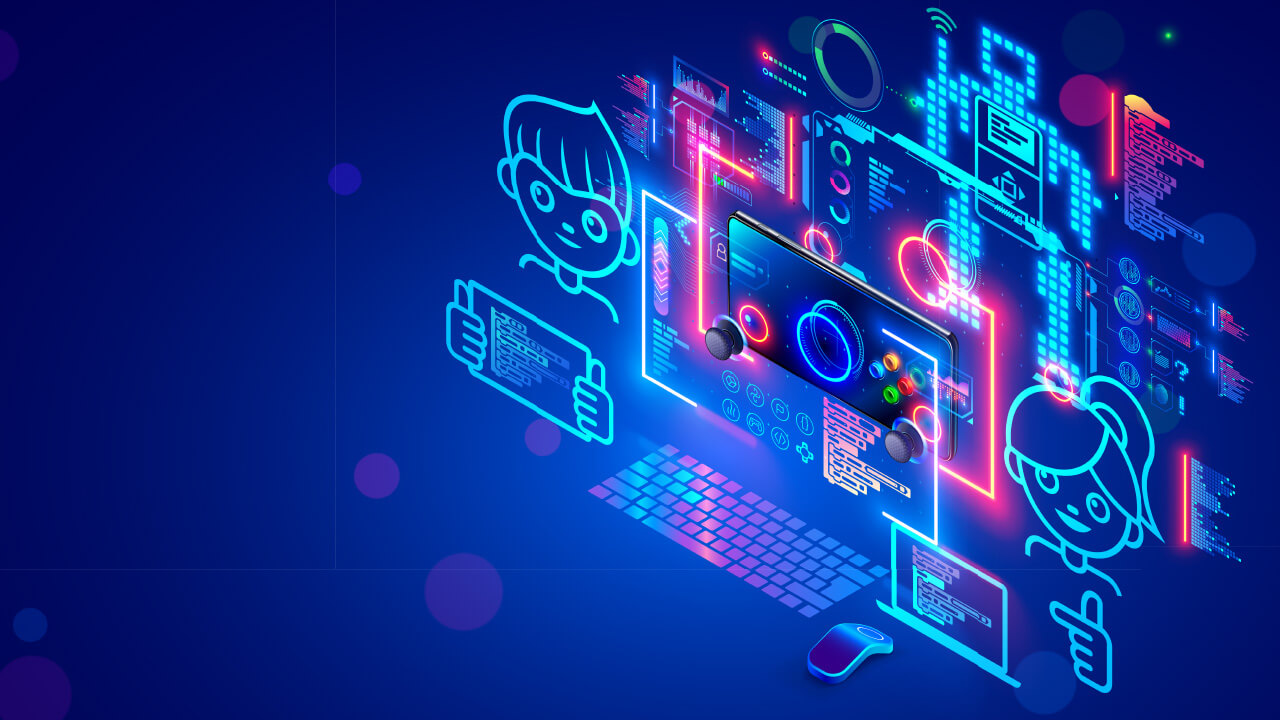
When we talk about coding and programming, the two are often interchanged, but are both referenced in computers. These two terms are often associated with the applications and programs you use not only in computers, but also in mobile phones.
However, coding and programming have very different meanings. Let’s explore these terms further to find out why and how professionals use them differently.
What is coding?
In its simplest form, coding means translating the requirements of what you want the computer to do into a language that can be understood by the computer.
Computers only understand binary language, and coders can write many different types of codes in different software to create commands for the computer.
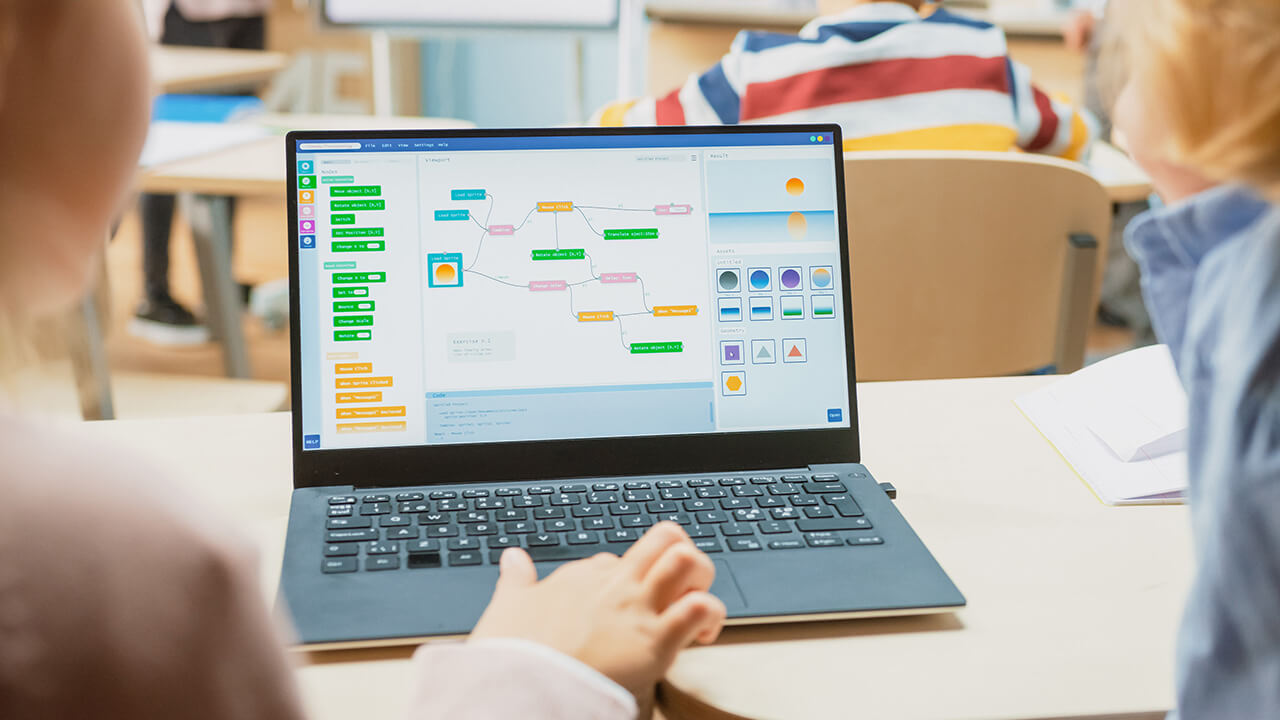
What is programming?
Programming goes one step higher than coding. Simply put, it means creating a program to deliver certain results from the computer.
A programmer not only has to make sure that the coding is done right, but also has to create and analyse algorithms bringing all those codes together.
So while the purpose of coding is just to facilitate communication between the human and machine languages, the purpose of programming is to create and implement software that can actually produce substantial results from the machines.
Difference between coding and programming
Given the definitions above, we can then say that coding is just a part of programming, which is the bigger picture. So while all programmers need to be coders, all coders are not programmers.
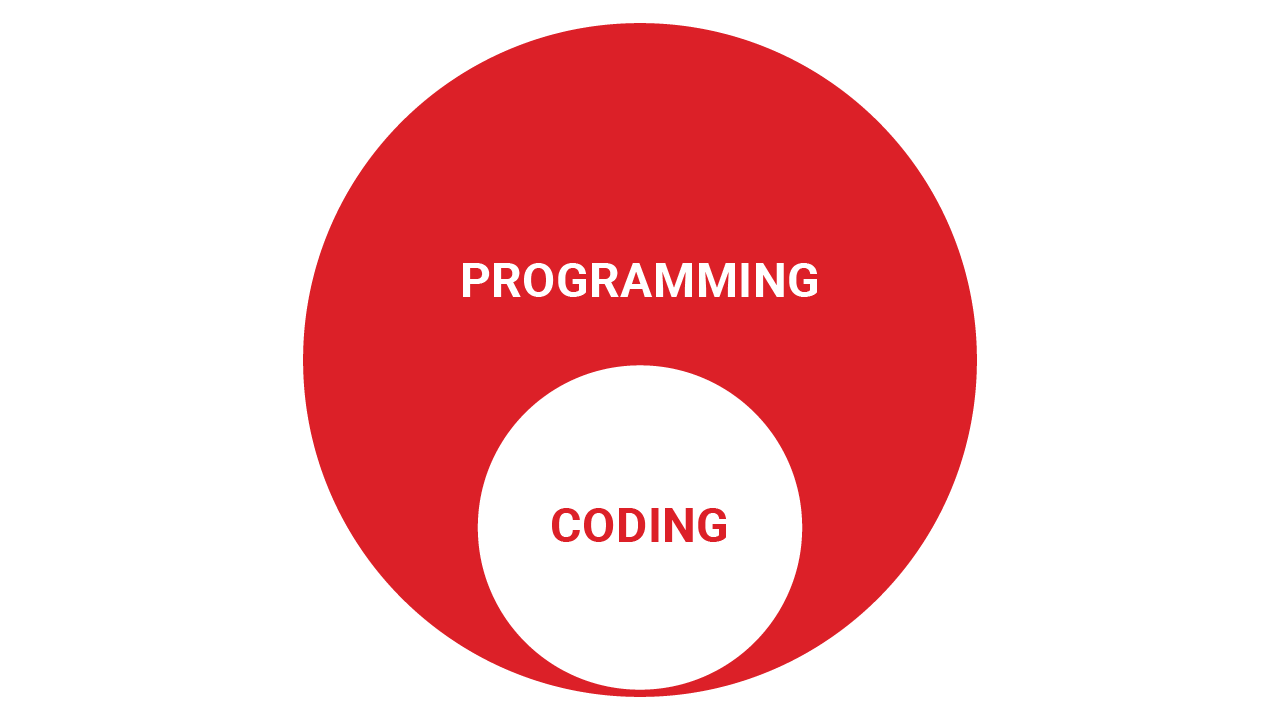
Here are some more differences between coding and programming:
| | CODING | PROGRAMMING |
| Used primarily for | Communication between machines and people | Finding solutions to complex problems through machines |
| Nature | More about the execution, like language | More about the thought process and structure |
| Skills acquired/ enhanced | Creativity, social interaction | Problem-solving, analytical and reasoning |
| People | All coders are not programmers | Programmers need to be coders as well and have more experience |
| Complexity | It’s the initial level of software development, so it is easier to understand and grasp | It’s an advanced level of software development with more complex scenarios |
Different types of coding and programming languages
Programming languages are specific to the requirements of the project and are executed through many types of coding languages.
Here are the most popular programming languages:
- JavaScript – JavaScript is widely used in developing interactive web applications. It can also power interactive elements of a website like images, carousels and forms.
- Python – While it is also used in websites, Python is mostly used in data analysis and automation.
- SQL – Structured Query Language is used to communicate with a database and perform tasks such as update data on a database or retrieve data from a database.
- PHP – Otherwise known as Hypertext Preprocessor, it is used in adding functionality to a website without needing to call external files for data.
- C++ – It is a powerful general-purpose programming language also used to develop operating systems, browsers, games and so on.
- HTML – Hypertext Markup Language is the code that is used to structure a web page and its content.
- CSS – Cascading Style Sheets is used to style and layout web pages.
- Ruby – It is used in web servers, web scraping, crawling and even automation.
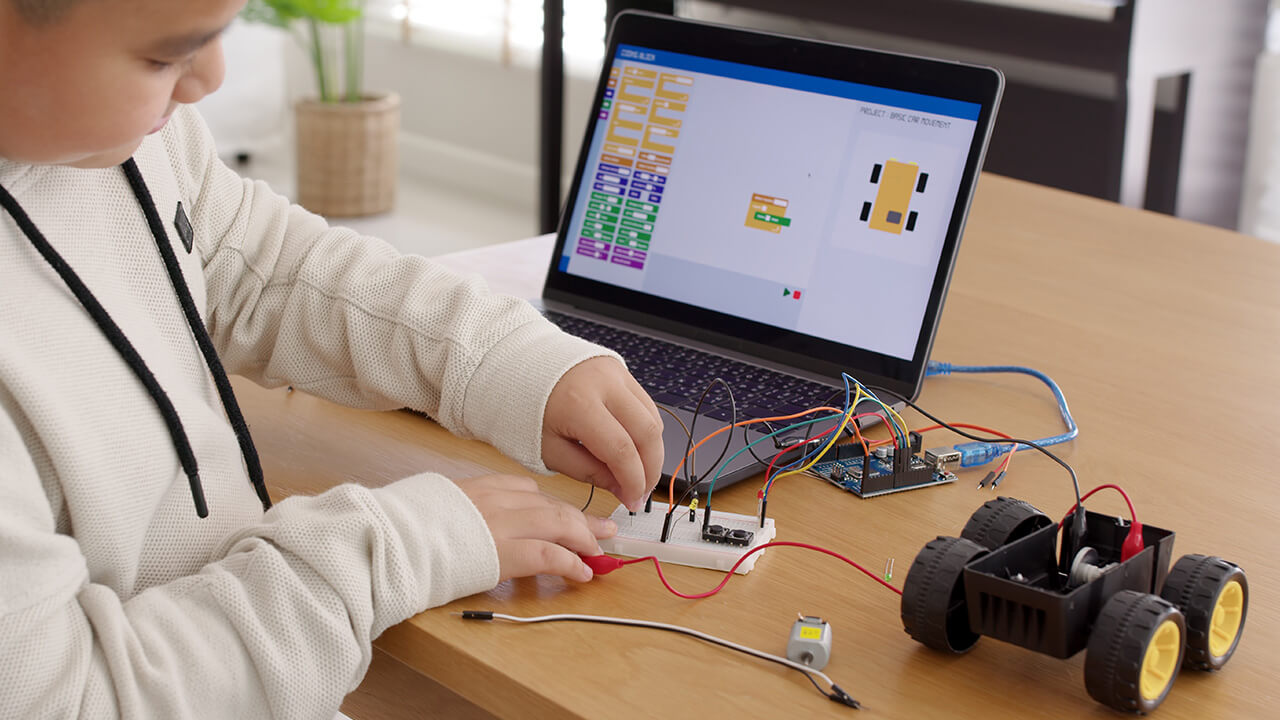
Coding languages for kids
Coding for kids? Sounds like a journey that is meant to be when they’re older. Coding, however, is a lot like learning an entirely new language, so it shouldn’t be an impossible journey if you start your kid on this road early!
But how should one know if a child has the potential to become very good at this? If your child has a high degree of creativity, problem solving, self-discipline and is more logical than emotional, then this can be your child’s path. Your child can easily start with simpler coding languages like Python and Ruby.
But what if your child only has the aptitude and interest in computers currently and is not ready to start serious coding yet? Or is too young and just wants to dip their toes in the coding world? Or only shows interest in playing and creating video games?
That’s where Roblox and Minecraft come in.
Your kid is probably familiar with these social world-building games. Your child can learn the extremely visual, interactive and fun languages for Roblox and Minecraft, where he or she can create games within groups and share them with others.
Minecraft
Minecraft allows players to build objects and create a virtual 3D world.
Minecraft can not only help your child understand the fundamentals of Computer Science, but also help him or her enhance creativity and teamwork abilities in the popular world-building platform.
Roblox
While Minecraft is all about creating dynamic universes, Roblox provides a platform to create gaming experiences.
Children can create interactive experiences like races and competitions, and then share their creations with their friends on the Roblox Studio Platform.
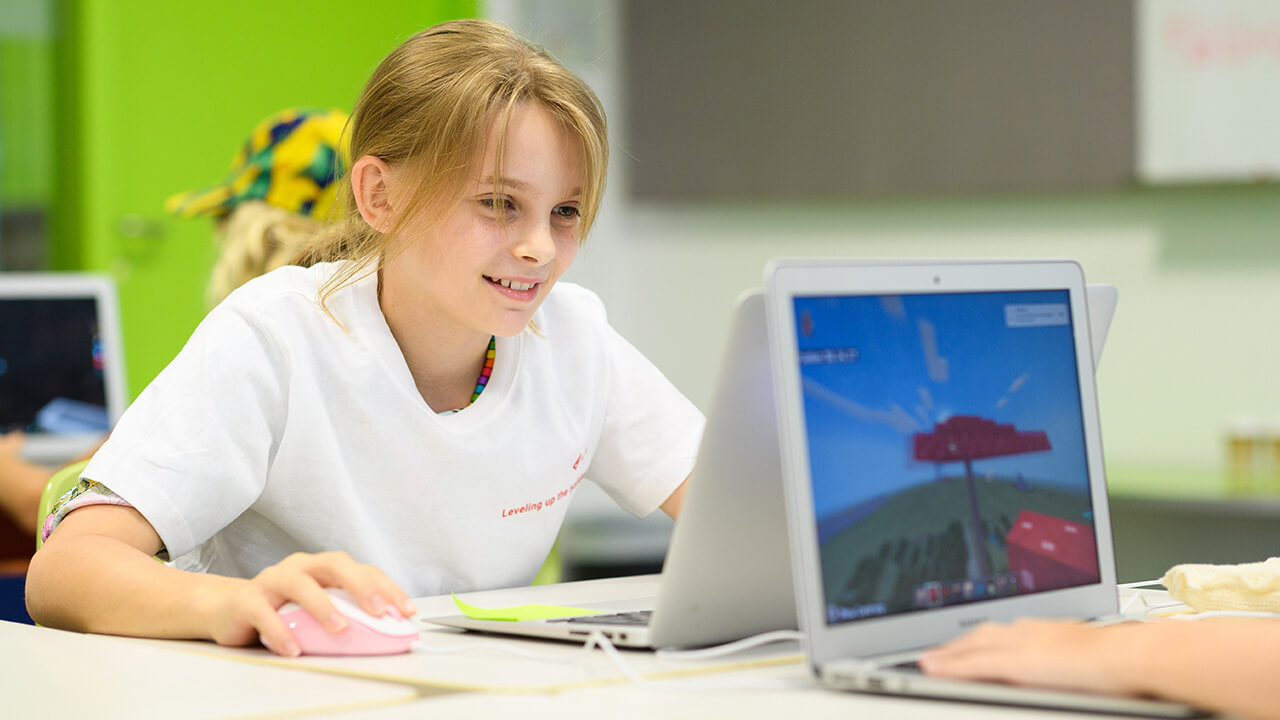
Programming for kids
Programming can be slightly more complicated than coding and it is not easy for children to jump into it. However, there are a few programmes that make programming enjoyable including Scratch programming.
Scratch is a high-level, block-based visual programming language. It also has a website and an application where children (or even adults who want a kid-friendly introduction to programming) can create projects by using drag-and-drop blocks. This designing feature helps users to create actual stories, games and animations using Scratch.
The Scratch website also helps them learn some fundamental programming concepts like conditional statements, variables, loops, Boolean and algorithmic thinking.
Indeed, Scratch programming can help your child, in many ways, pick up very specific skills to help in his or her overall development.
How to discover your child’s potential in programming
Trying to boost your child’s problem-solving skills, nurture their creativity and boost their patience level? You will be surprised how programming and game design can unleash their potential.
If your child is already displaying these skills, is into games like Minecraft or Roblox, and you are looking to provide him or her a creative outlet to explore their potential, a coding camp or a game design camp are excellent summer activities developed to help your child nurture their creativity and problem-solving skills.
The Code Academy Camp is a well-designed program for children to learn from programming basics, designing, to even Virtual Reality (VR). The Code Academy camp will match your child to the right coding topic based on his or her personality, needs and experience.
Meanwhile, Game Design is a perfect summer activity for children who want to not only learn the basics of designing computer games, but also get better at world-building games than their peers. Game Design can also help build creativity and thinking skills, which are essential in our daily life.
The life experiences learned in a programming or game design camp are shared between your child and other kids with similar interests. Moreover, these learning camps require no prerequisite experience.
Every child aged 5 to 14 years old is welcome! Check out our various coding camps at XCL Camps.
